How do you clean your cleaning appliances and accessories?
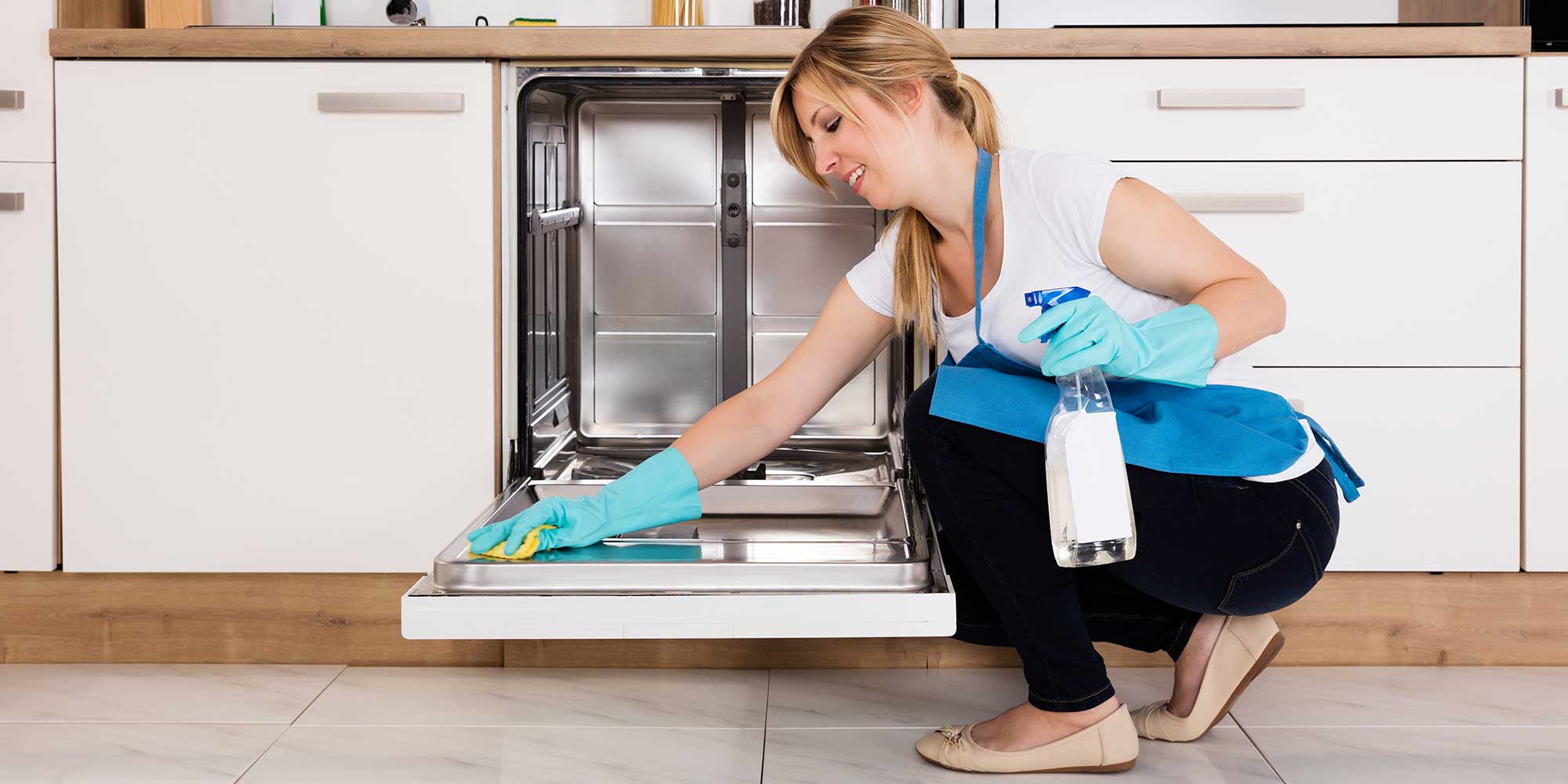
Keeping your home clean is key to creating an organised, calm living space. But it's crucial to care for your cleaning gadgets too.
Over time, dirt, grime, viruses and allergens can build up on cleaning tools. This accumulation can compromise your home's hygiene and reduce the effectiveness and longevity of your appliances.
From vacuum cleaners and dishwashers to mops and cloths, we've rounded up expert tips to help you maintain your cleaning accessories so they continue to perform at their best.
Be inspired to make home improvements. Sign up for our free monthly Home newsletter
How to clean a vacuum cleaner
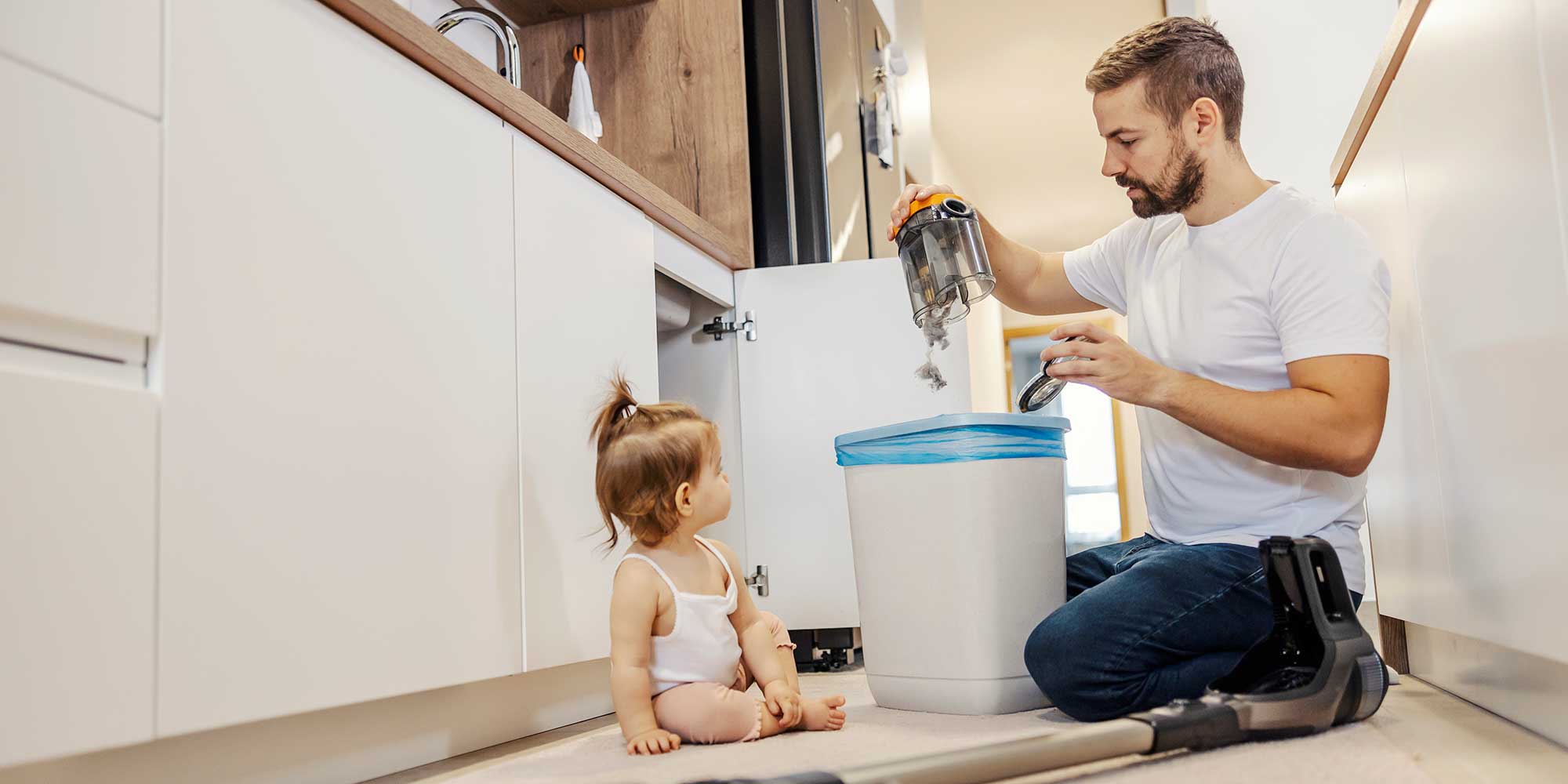
Whether you own a large corded vacuum cleaner, a cordless vacuum or a small handheld vacuum, these appliances are used frequently over time to clean carpets, floors and soft furnishings, so it's vital they don't get clogged up with dust, hair or fur.
Cleaning all of your vacuum's compartments and accessories, including the hose, floor head, brush bar and filters, is important for maintaining its lifespan and performance. These steps will help you to achieve a thorough clean:
- Empty the dust container or replace the bag It's important to empty both bagged and bagless vacuums regularly to prevent suction levels from dwindling. Read more expert tips on how to fix a vacuum cleaner that's lost suction.
- Clean the motor and allergen filters You may have self-cleaning, washable or replaceable filters. Check your manual for advice on where the filters are and how to clean them.
- Clean the floor head and brush bar The manufacturer should have model-specific instructions on how to remove and maintain these pieces. Check the air pathways and bristles for trapped debris and carefully cut away any hair.
- Check the hose and cleaning tube for obstructions Such as clumps of hair and fluff, debris or stray socks.
Cleaning a Dyson vacuum cleaner
Dyson recommends cleaning the filters once a month to maximise your vacuum's lifespan and performance. You should also empty the bin and clean the brush bar regularly to ensure your vacuum's suction remains strong.
Always switch off and unplug your vacuum before washing the components with water, leaving them to dry completely before reassembling. While you wait, give the plastic casing of your vacuum a quick wipe down with a damp lint-free cloth.
It's also worth reading your appliance's manual for model-specific advice. If you encounter an issue or think you need a replacement part, visit the Dyson support page.
Cleaning a Shark vacuum cleaner
Shark says you should start by emptying the dust cup's contents into the bin and checking for any debris stuck inside.
You can then remove and rinse the filters with water, allowing them to dry for 24-48 hours before inserting them back into the vacuum. Don't forget to check the vacuum's wand, handle and floor nozzle as well for any blockages.
Finish off by removing debris or hair from the vacuum's brushroll, and use a dry cloth to wipe the dirt and floor detection sensors.
For model-specific advice and troubleshooting, contact Shark support.
How often should you clean a robot vacuum cleaner?
Cleaning your robot vacuum regularly is crucial to ensure it performs at its best for longer. Two of the brands we've tested – Eufy and Dyson – provide clear guidance on how to keep your appliance in excellent condition.
Eufy recommends cleaning the filter, rolling brush and rubber strip at least once a week, while the side brush, brush guard, sensors, charging pins and swivel wheel should be cleaned once a month. The washable mopping cloth, dust collector, water tank and mopping module need to be cleaned more frequently after each use.
To ensure your robot vacuum cleaner's suction works effectively, Dyson says it's important to empty the bin before the dust and debris reaches the max line shown on its models.
Dyson also recommends washing the filter and brush bar with water regularly to prevent the build-up of dust, as well as wiping your camera lens and sensors with a soft, dry, lint-free cloth to maintain optimum performance.
Even with regular cleaning, all vacuums have a lifespan. If you're looking for your next upgrade, check out our guide to the best vacuum cleaners.
How to clean a mop
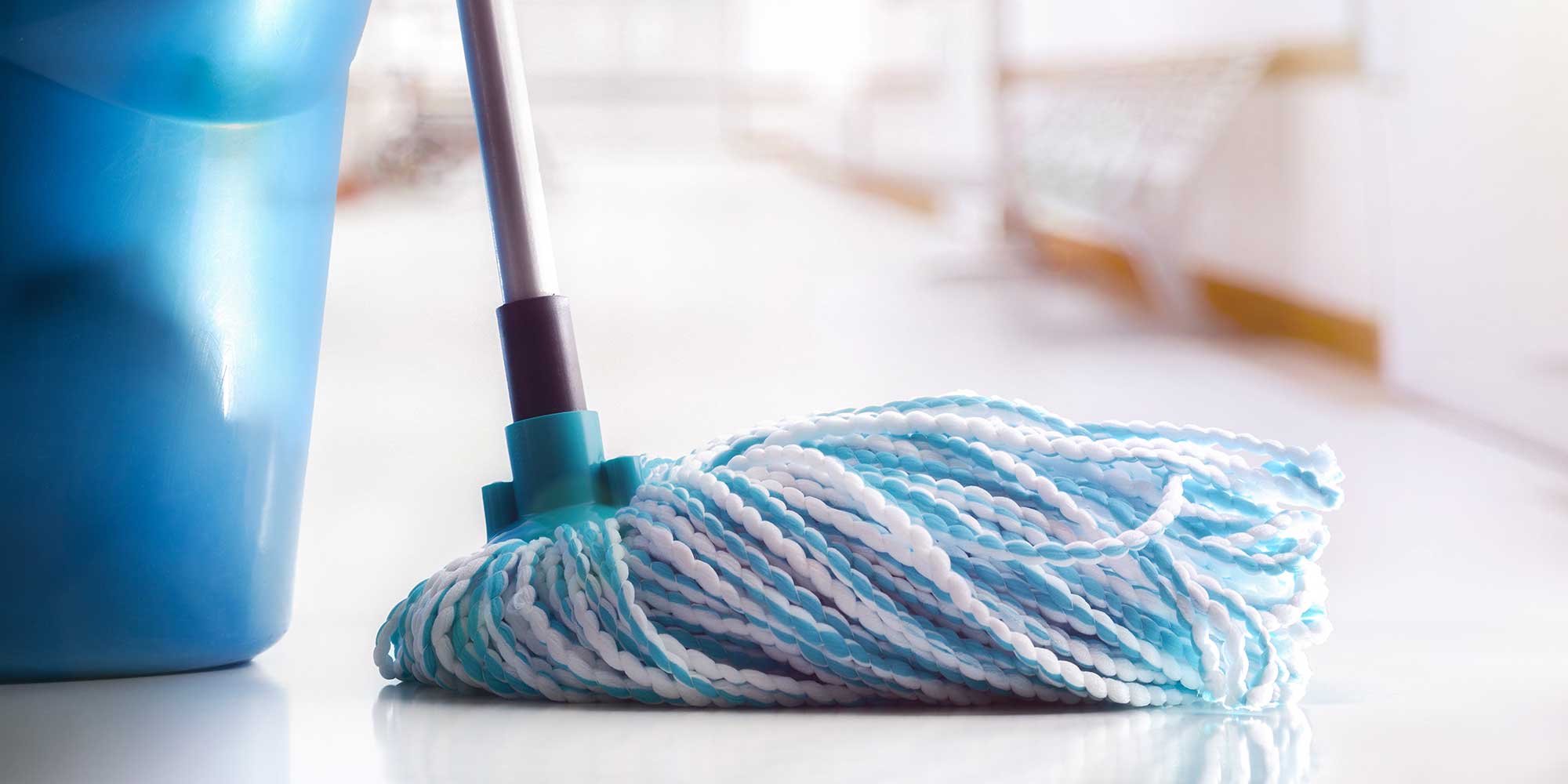
Machine-washable mop heads are ideal for those looking to reduce waste and avoid disposable products such as floor wipes. But they can still harbour a surprising amount of dirt and bacteria.
It's worth checking the mop head's material to determine the temperature it can tolerate. Most should be washed at higher temperatures of at least 60°C to kill germs, but always check the label for washing instructions. Don't use detergents of any kind either, as they can reduce the mop's absorbency.
Once you've finished cleaning your mop, give it a good shake and allow it to completely dry before the next use.
Take the hard work out of cleaning your floors and surfaces. Read our reviews of the best steam cleaners.
How to clean a dishwasher
Cleaning your dishwasher regularly helps to reduce unpleasant smells and ensures your plates, cutlery and cooking equipment come out sparkling every time.
Follow these quick and easy steps to keep your dishwasher working better for longer:
- Clean the dishwasher filter This should be done once a month to stop food debris becoming trapped or returning to your dishes. Simply clean the inner filters with a soft brush in your kitchen sink and rinse the outer metal filter with hot water.
- Wipe the dishwasher door rim and seals Use a damp cloth to do this weekly. This will prevent the accumulation of food, which can subsequently lead to the seals perishing.
- Top up the dishwasher salt and rinse aid You should do this monthly, or when indicated by the machine, to prevent limescale building up. Find out more about how to use dishwasher salt and rinse aid.
- Remove and clean the spray arms Every three months, remove the spray arms, poke the holes clear of any blockages and rinse under the tap.
- Run the dishwasher empty and hot Doing this biannually can help to remove food residue and nasty smells.
- Consider using a dishwasher cleaner Every six months when you run an empty and hot wash, we recommend using a dishwasher cleaner too. Avoid bleach or harsh cleaners, though, as this can degrade the seals and components.
If your dishwasher is near the end of its life, our independent reviews of the best dishwashers will help you find a reliable model for your kitchen.
How to clean a washing machine
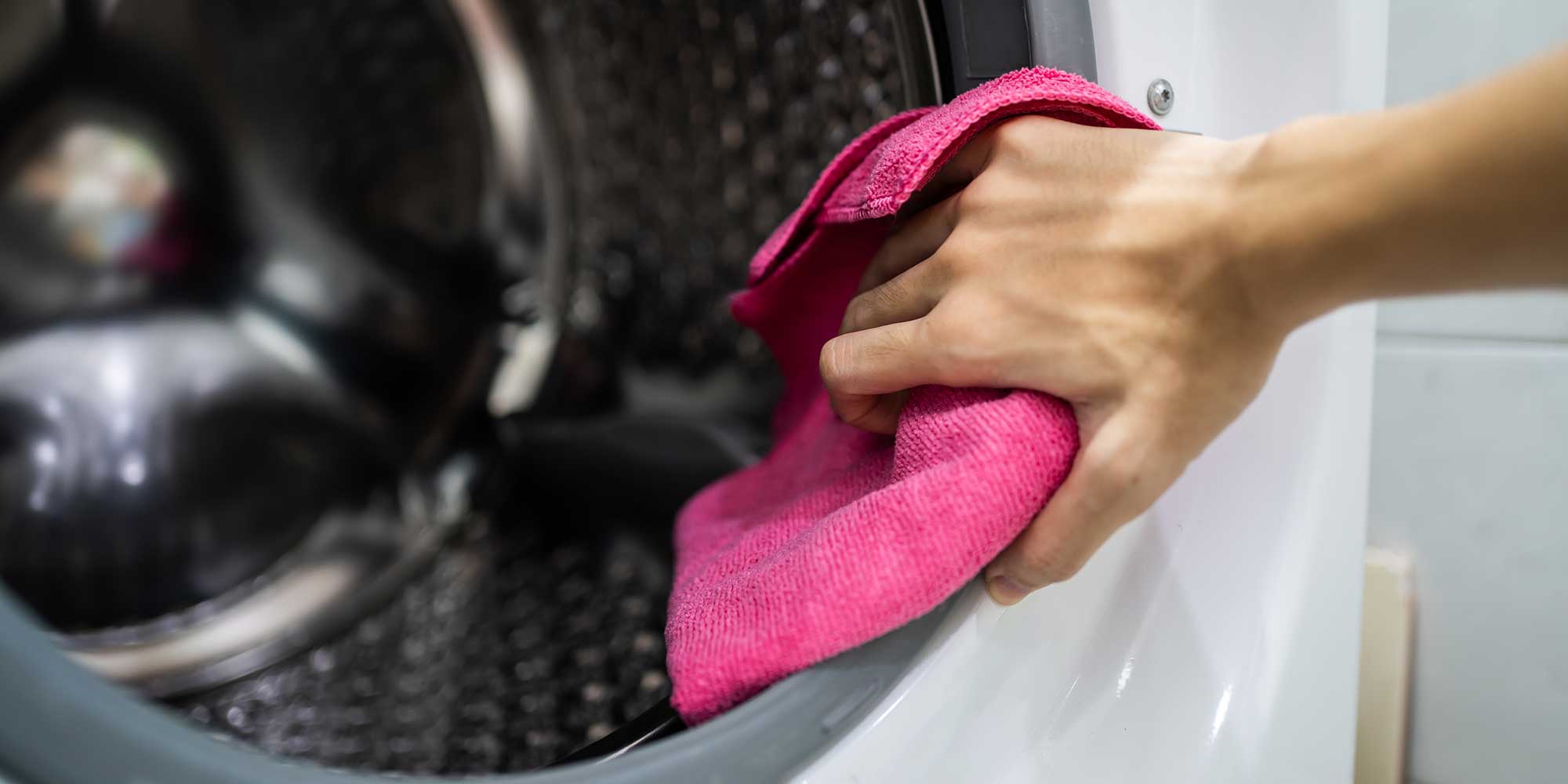
Musty, unpleasant odours and mould can develop in your washing machine over time if it's not cleaned regularly.
The warm, damp environment, combined with everyday dirt and pet hair, is the perfect breeding ground for bacteria and can quickly lead to a smelly, grubby washing machine.
Not only will the build-up of grime and germs result in odours transferring to your clothes, it can also impact the internal components of your machine, potentially harming its longevity and performance.
Follow these steps monthly to keep your machine sparkling and smelling fresh:
- Run a regular, hot service wash This should be done at 60°C or higher to kill bacteria. You can also freshen up your machine by using a washing machine cleaner.
- Clean the rubber seal Use a microfibre cloth dipped in a bowl of warm water and washing-up liquid.
- Remove and wash the detergent drawer and lint filter Use a soft brush and warm water, allowing the compartments to dry thoroughly before inserting them back into the machine.
- Leave the washing machine's door and drawer open Allow the air to circulate and completely dry any excess water.
- Check the standpipe for blockages You can use a drain unblocker to try clearing the pipe yourself. If the bad smell or blockage persists, visit Which? Trusted Traders to find a professional repairer.
If you're considering buying a new washing machine, check out our pick of the best washing machines from our extensive lab tests.
How to clean microfibre cloths and reusable cleaning pads
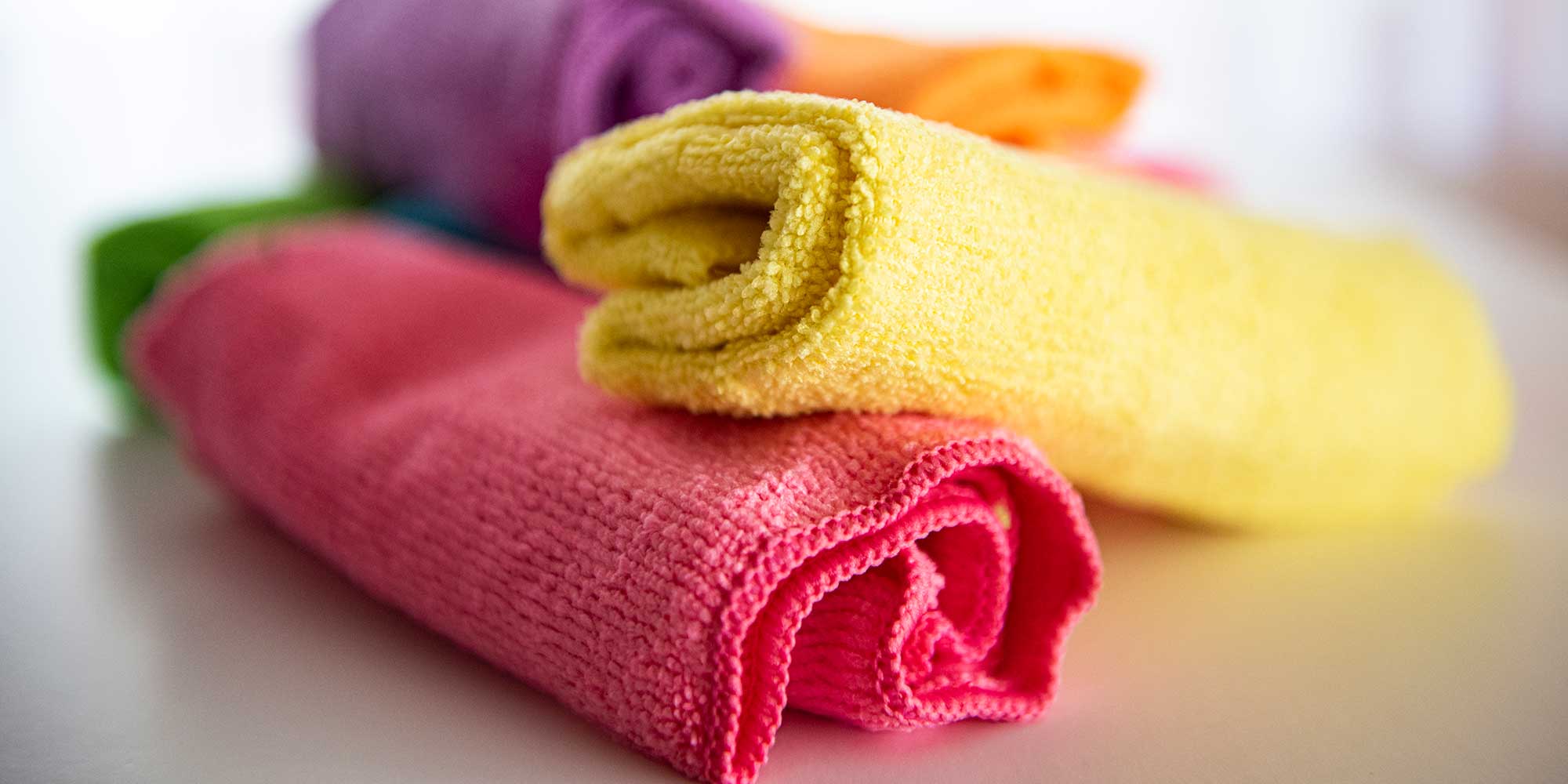
Good-quality microfibre cloths have a large surface area, making them an ideal choice for tackling both visible spills and invisible germs.
They're an excellent reusable accessory for those looking to clean more sustainably, as they can be easily washed for repeated use. However, it's best to launder them separately as they can tear other clothes.
Chris James from the British Cleaning Council also says: 'Don't use fabric softener, because it can cause the cloths to be less effective. And the less expensive ones do shed a lot of microfibres in the water, which can be harmful for the environment. Make sure you invest in good quality ones.'
Looking to save yourself the hassle of scrubbing things by hand? We've rounded up the surprising things you can put in the washing machine.
How to clean a toilet brush
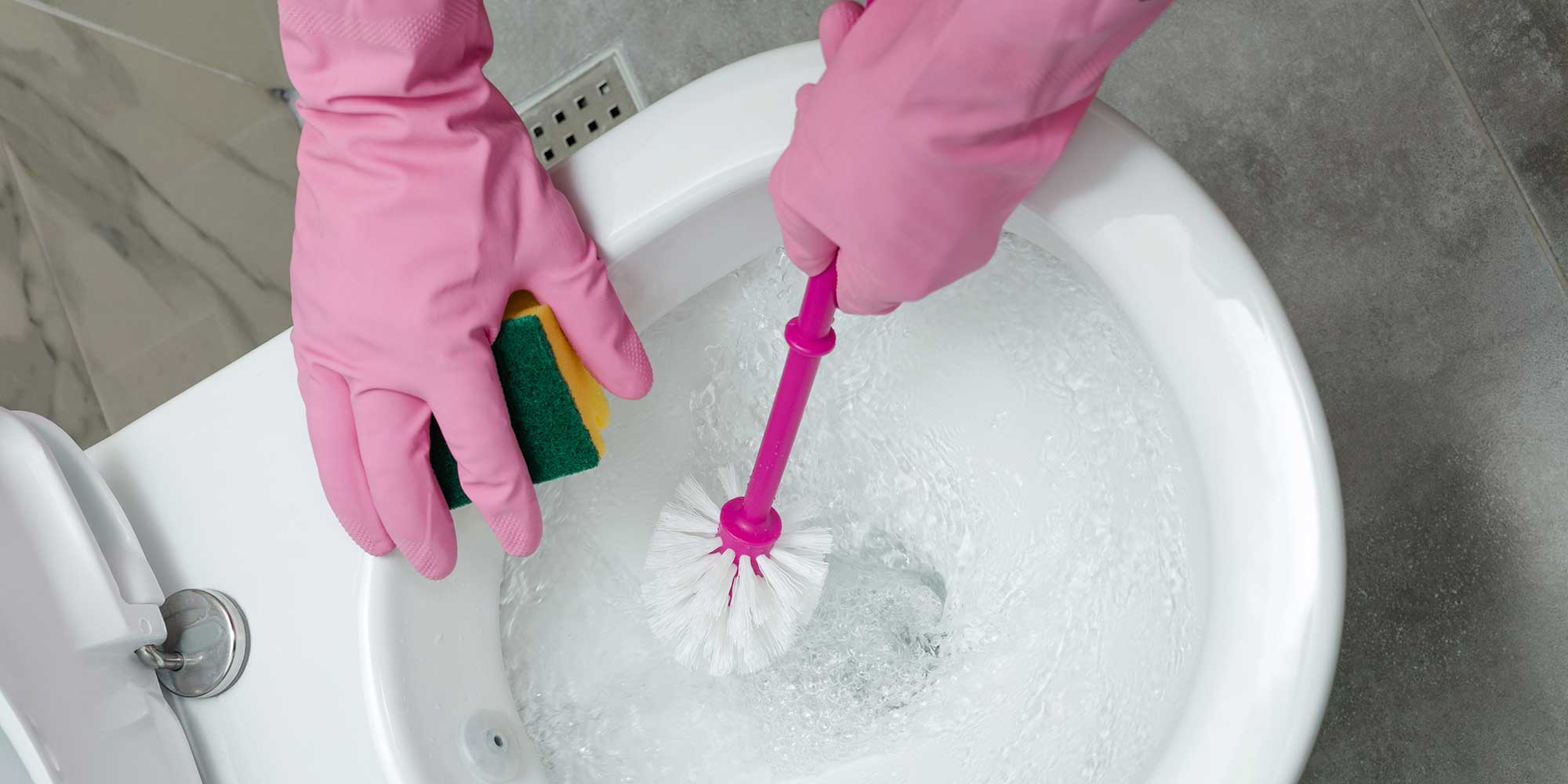
Cleaning your toilet is crucial to keeping your bathroom hygienic, and it's important to extend that cleanliness to your toilet brush.
While cleaning your toilet brush is essential for preventing the spread of bacteria, it also banishes unpleasant bathroom odours and reduces the risk of cross-contamination to your toilet bowl, sink and other surfaces.
Delia Cannings, of the British Cleaning Council, says: 'The best way to clean your toilet brush is to submerge it in a bucket of cleaner disinfectant. Alternatively, you can spray it and the toilet holder and wipe them with a disposable cloth.
'You should replace your toilet brush regularly – the standard recommendation is every six months to a year, but this may vary depending upon how often you use it and the condition of the bristles.
'If the head starts to go discoloured or the bristles become frayed or bent, it's important to replace the brush.'
When it's time to replace your toilet brush, check out our best toilet brushes guide to see the spectacular scrubbers from our tests.




